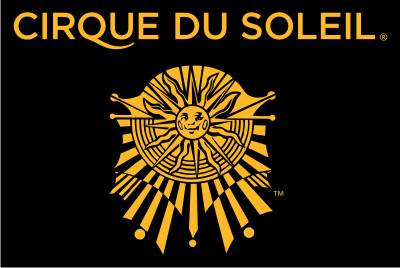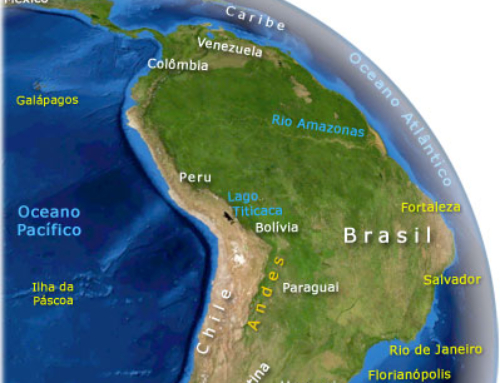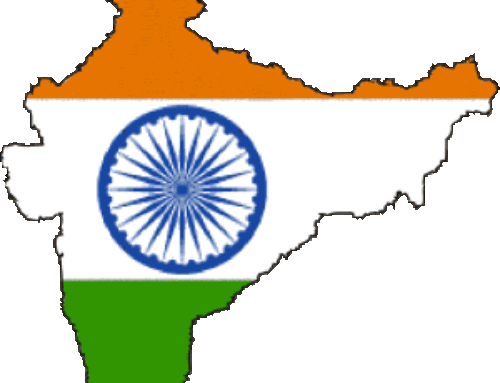The world known Cirque du Soleil is at this days the largest cultural export company of Canada (Nestruck, 2009), growing to a truly global entertainment transnational. According to his founder Mr. Laliberté the revenues in the year 2010 arrived to $850 million, estimating to reach $ 1 billion in 2011 (Sylt, C. & Reid, C., 2011). They employ almost 5.000 workers, have put on 19 shows in New York and 18 in London since the company was found, and performed for more than 100 million persons in 6 continents (Zinoman, 2011).
This tremendous success brings us the question: How does this occur?
Fist we have to see what is the business model they use. Every initiative starts with a big-top production in Canada (where the company was founded) that is produced with assembly-line precision, after 2 years they “export” this show to the US, finalizing around the world (Zinoman, 2011) with simultaneous tuned-standardized performances. Obviously that globalization and the end of the cold war allowed deepening and strengthening this strategy.
Inder Sidhu thinks that “Laliberté built a thriving business around artistic costumes, world-class athletics and compelling storylines….recognized ways he could leverage that same magic through new business models without compromising the company´s core revenue stream or artistic integrity” (Sidhu, 2010).
But this way of making things have other components that are as important as the ones we mentioned above, one is about the “strategic surpluses” that is directly related with the final product: the performers, that allow the company to generate superior shows that combine athletes with an attitude toward acting, people wants to “feel” something with the performances (Cirque du Soleil, a truly global workforce, 2006).
This brings a second important component, the way they respect, adapt and take advantages of the foreign country where the act (export). In the search of globe talents they don´t take the athletes that are going to compete in a near Olympic games, in every country they use some local technicians and support staff, they serve back the community with local help programs and generates local food suppliers, in between others (Cirque du Soleil, a truly global workforce, 2006).
These strategies allow the company to perform in almost every country dropping the import barriers of entry.
Resources
Cirque du Soleil, a truly global workforce (2006). McGraw-Hill/Irwin Management
Nestruck, K. (2009, September 4). How Cirque du Soleil´s hippy circus took over the world. The Guardian. Retrieved March 21, 2012, from http://www.guardian.co.uk/stage/2009/sep/04/cirque-du-soleil-circus
Sidhu, I. (2010, November). Profiles in doing both: Why Cirque du Soleil isn´t clowning around about business models. Forbes. Retrieved March 21, 2012, from http://www.forbes.com/sites/indersidhu/2010/11/12/profiles-in-doing-both-why-cirque-du-soleil-isnt-clowning-around-about-business-models/
Sylt, C. & Reid, C. (2011, January 23). Cirque du Soleil swings to $1bn revenue as it mulls shows at O2. The Independent. Retrieved March 21, 2012, from http://www.independent.co.uk/news/business/news/cirque-du-soleil-swings-to-1bn-revenue-as-it-mulls-shows-at-o2-2191850.html
Zinoman, J. (2011, June 3). Defiant showman demands his “wow”. The New York Times. Retrieved March 21, 2012, from http://www.nytimes.com/2011/06/05/theater/guy-laliberte-guides-cirque-du-soleil.html?pagewanted=all






Leave A Comment